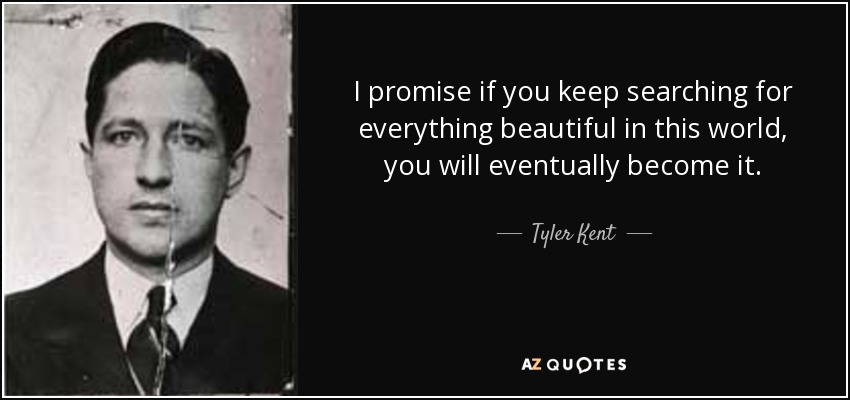
The Economics Of „It’s A Wonderful Life”
Authored by Jeffrey Tucker via The Epoch Times,
When Frank Capra’s “It’s a Wonderful Life” was being filmed in 1945, just as the Second World War was closing and a few years before the Cold War was heating up, the FBI investigated it for its supposed anti-capitalist themes. A memo said:
“With regard to the picture It’s a Wonderful Life, [redacted] stated in substance that the film represented rather obvious attempts to discredit bankers by casting Lionel Barrymore as a ‘scrooge-type’ so that he would be the most hated man in the picture. This, according to these sources, is a common trick used by Communists. [In] addition, [redacted] stated that, in his opinion, this picture deliberately maligned the upper class, attempting to show the people who had money were mean and despicable characters.”
If it was a communist plot, it’s not a very good one. The film celebrates small-town life, family, hard work, faith, dedication to truth, and bottom-up prosperity, while villainizing theft (Mr. Potter effectively steals the money belonging to the small bank) and consolidation of finance.
Ask anyone what the message of the film is.
They will tell you: truth, decency, be happy with the opportunities you have, don’t be jealous or envious of others, count your blessings, remember how valuable you are as a person, rally around the life you have, serve your community, fight evil when necessary, and don’t ever take your good life for granted.

There’s nothing communist about that. As for the portrayal of the banker, Henry Potter in the film is a stand-in for ruling class power and the accumulation of unjust wealth and power, someone more akin to government than regular businesspeople.
In the nightmare sequence, Potter takes over the town and the place becomes a decadent and drunken place of squalor, crime, and sadness, fueled by credit schemes and power brokering.
Maybe that has a ring of truth to it?
Partisans of capitalism would not do their cause any favors by defending the big banker in this movie against the aspirations of the townsfolk. Rather than force-fitting this film into a Cold War narrative, the film can be more properly seen as part of a long line of Capra’s own populist impulses, most fully realized in his 1941 masterpiece “Meet John Doe.”
That film is actually better overall, in my view, the story of how a legitimate populist movement gets played by a wicked power broker who attempts to channel the people’s goodness into a fifth-column movement designed to subvert the Constitution. I have certain historical figures in mind (FDR perhaps?), but that’s for another time.
The most riveting scene in “It’s a Wonderful Life” concerns a run on the Building and Loan that is managed by George Bailey. Hearing of the other troubles in the industry, and a rumor spread by Henry Potter, the depositors panic and demand their money to be withdrawn immediately. There was nothing unfair or illicit about the demand. The people were worried about the viability of the institution in light of the rumors of missing funds.
At the same time, the whole idea of a Building and Loan is the pooling of resources to support home ownership in exchange for which depositors receive interest. They are nowhere promised a full and immediate return on all deposits on demand. The institution is built on trust—trust that the managers are not overleveraged, trust that its investments are wise, trust that the community is economically viable, trust that people will pay their mortgages.
Bailey gives an impassioned speech to the depositors that saves the institution. Here is what he said:
“Now listen to me. I beg of you not to do this thing. If Potter gets hold of this Building and Loan there’ll never be another decent house built in this town. He’s already got charge of the bank. He’s got the bus line. He’s got the department stores. And now he’s after us. Why? Well, it’s very simple. Because we’re cutting in on his business, that’s why. And because he wants to keep you living in his slums and paying the kind of rent he decides.
“Please, let me explain something to you. Your money’s in Joe’s house, right next to yours. And in the Kennedy house, and Mrs. Macklin’s house, and a hundred others. Why, you’re lending them the money to build, and then they’re going to pay it back to you as best they can. Now, what are you going to do? Foreclose on them?
“I’ve got $2,000 here. That’s what’s left of the Building and Loan. The rest is locked up in mortgages. Now, you’re not going to get your money tonight. But you’ve got my word that each one of you will get your money back as soon as we can possibly give it to you.”
Based on this speech, people calm down and decide to trust that something will work out. Bailey here proves himself to be a very good marketing manager of the institution, eloquently explaining how the system works here—or, rather, reminding them of how the institution functions as a matter of contract.
You can trace banking contracts through history to understand that there are many different types. Some institutions are purely for storage and safekeeping, essentially holding your resources in a safe deposit box or a grain elevator. The contract is a bailment: you get the whole of your deposit back on the asking. That is true for every depositor at any moment in time.
The Building and Loan is not set up to provide all depositors their money upon the asking. Its assets and liabilities balance, but its assets are in the nonliquid form of housing. There is nothing shady or noncontractual about this. Nor does this kind of leverage produce inflation. Its job is to put capital in the form of money to work in ways that pay returns over time.
In loan banking with clearing services, the situation is different. Your money is invested in other projects and the clearing services are free or depositors earn interest. It’s a straightforward business transaction.
By the 1940s, however, there was plenty shady about a bank of the type run by Potter, who is a stand-in for a long line of banking interests that become overleveraged and rely on its relationship with government and cartelized central bankers for bailouts when times get rough. We saw this in spades in 2008, when the Fed used its powers to recapitalize major banks and financial firms that had overleveraged in mortgage-backed securities.
In fact, the creation of the Federal Reserve itself in 1913 was advertised as a way to provide financial stability to the industry but it ended up centralizing it, creating a moral hazard, and subsidizing loan profligacy in a way that endangered the entire system.
After the Fed was tapped to provide liquidity for the Great War, the industry never really righted itself toward financial soundness. The bank runs of the early 1930s that ended with mandated bank holidays and devaluation make the point.
That’s not a failure of “fractional reserve banking” as such but simply a failure of signaling systems, clear contracts, transparent audits, and honest risk assessments. Central banking itself is the source of the problem. Nor did government-provided deposit insurance (started in 1933) work as a stabilizer, it only incentivized more risk-taking than the market would otherwise allow.
To be sure, there is a role for institutions that provide 100 percent backing for deposits. Even now, people are reluctant to keep more than $250,000 in a single bank account because this is the amount of government-provided deposit insurance. They are essentially seeking perfect liquidity on their accounts. The other option is to hold one’s money in financial firms that keep money invested in stocks and bonds that pay returns based on depositor risk assessment.
The case of Bitcoin is a good test case for what markets demand of banking. Most exchanges claim to offer 1:1 holdings of assets with zero leverage, though others market themselves as institutions for pooling resources and giving returns to depositors based on risk. This experiment has been fascinating because there is no deposit insurance and no Bitcoin central bank. Some exchanges have gone belly up precisely because not all promises have been kept.
As the industry matures, which we can hope will happen without government backing or intervention, it will become a complex mixture of self-custody (after all, becoming your own bank was the whole pitch of Bitcoin), full custody exchanges, loan operations, and leveraged services of various risk profiles. This is how a free market in money and banking should work.
In an ideal world, banking would work like any other business in a free market. It would bear all the risk for the investments it undertakes. It would have free entry and exit. There would be innovation driven by the entrepreneurial spirit. Government would have nothing to do with it. In some ways, that was the Building and Loan that George Bailey saved through his efforts.
The popularity of “It’s a Wonderful Life” owes so much to its messaging, and also to the perception for decades that the film was in the public domain, which permitted it to be widely aired on television, causing generations to regard it as the American classic it truly is. It is also a tribute to the enterprising spirit and its connection to family, community, and the values that make for the good life. The FBI was simply wrong and the film’s popularity to this day proves it.
* * *
Views expressed in this article are opinions of the author and do not necessarily reflect the views of The Epoch Times or ZeroHedge.
Tyler Durden
Fri, 12/27/2024 – 20:00


















